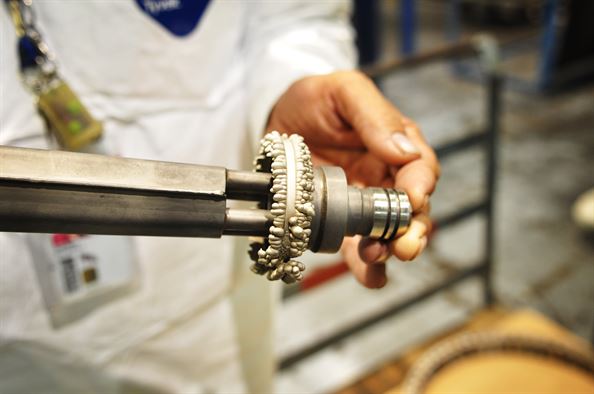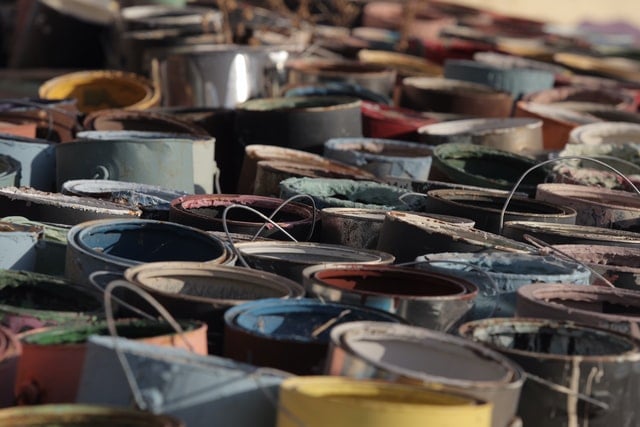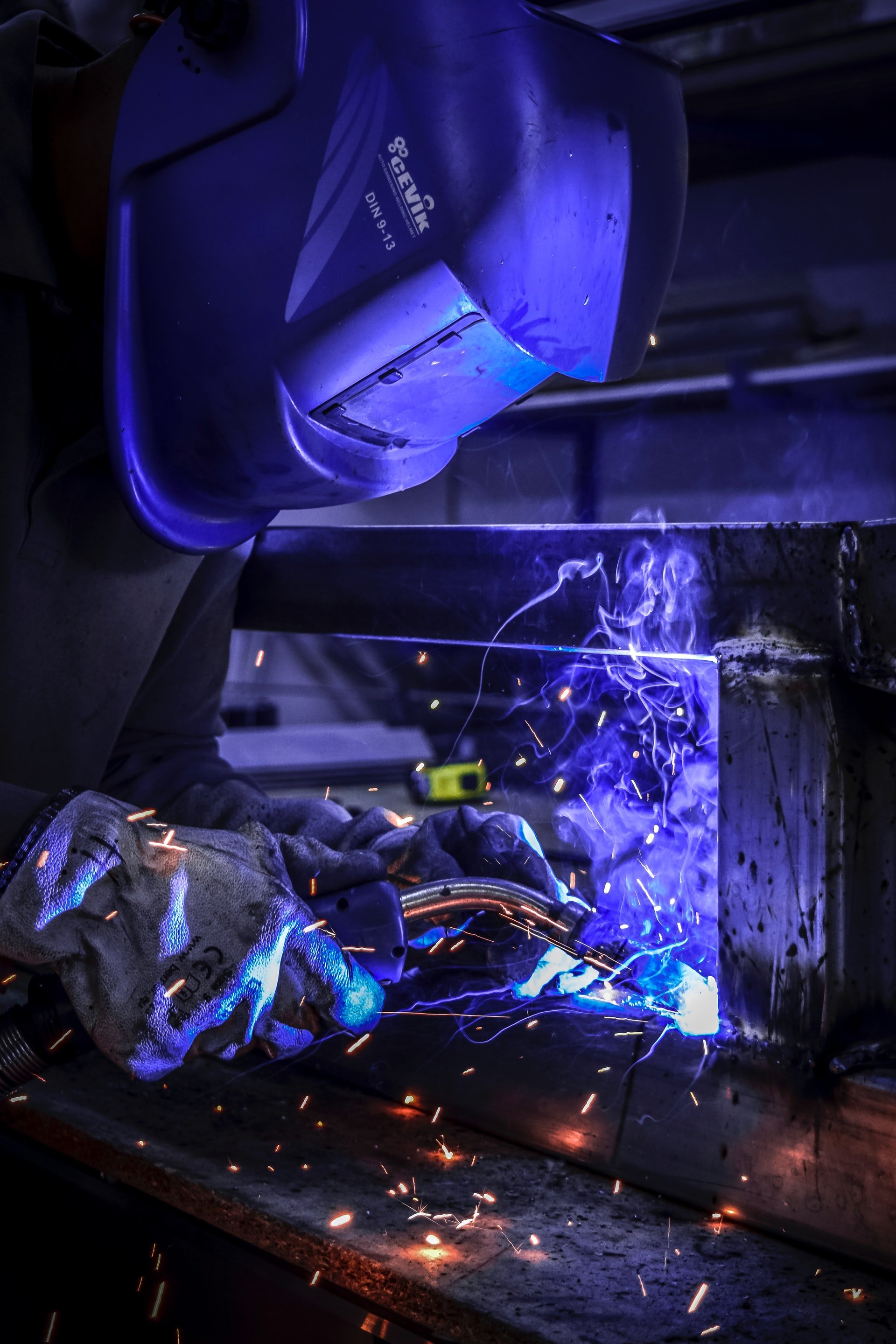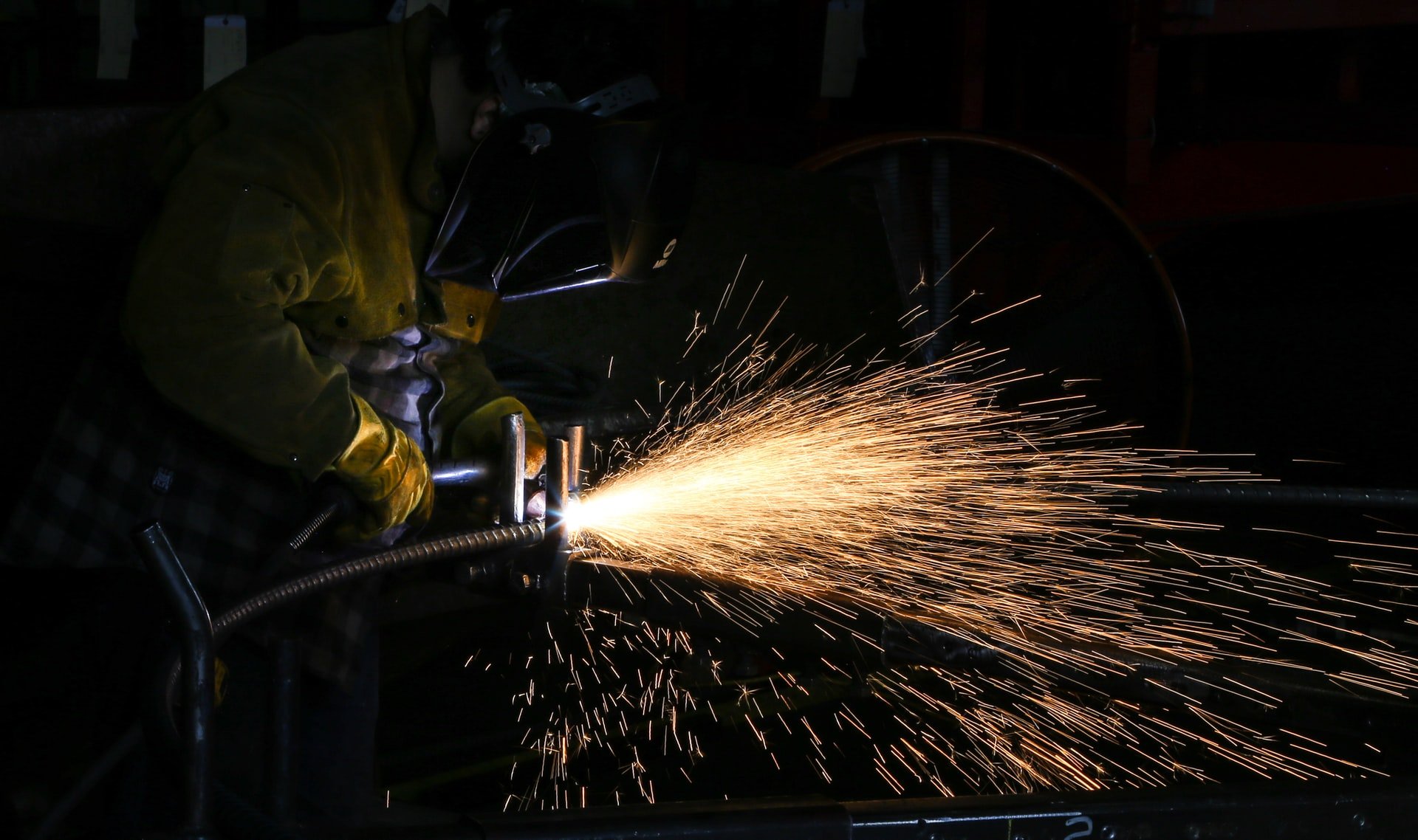
Corrosion is the constant enemy of steel fabrications, whether used for architectural or structural purposes. The action of wind, frost and moisture can gradually eat into the metal, compromising its structural integrity.
This is why the majority of industrial metalwork is treated with hot dip galvanisation before it is employed in a building. This is a tried and tested method that has been in use in various forms for over a century. However, in recent years a growing number of metal fabrication companies are turning to hot zinc spraying as a cost-effective alternative.
We are one of those businesses who have enthusiastically made the change and have found it brings both cost savings and strength benefits to structural and architectural steel. This article explains how hot zinc spray coating works and why it makes a better alternative to dip galvanisation.
Galvanising & Hot Spraying: The Similarities
Let’s start with the similarities between spraying and dip galvanisation. Firstly, both processes employ zinc. Steel and iron are particularly prone to the effects of corrosion, whereas zinc is one of the most corrosion resistant metallic elements. Therefore, the goal of both galvanising and spraying is to apply molten zinc to steel as a weather resistant coating. So, the materials used are the same and the desired end result is the same. Beyond this, there are some significant differences between the two processes, as we shall see below.
About Galvanisation: We have explored the galvanisation process and its drawbacks in more detail in a previous blog post. To briefly recap, galvanisation involves physically dipping a metal component in a vat of molten zinc. This requires specialist equipment that takes up a lot of space, so most metal fabrication companies need to outsource the process to specialist companies. This involves transportation to and from the fabricator’s workshop, which invariably adds time and expense to the project. Common drawbacks experienced with galvanised steel include a risk of warping, changes in weight bearing capacity and a propensity for the zinc coating to become brittle and flake off under some conditions.
How Hot Spraying Works
Compared with galvanisation, a hot metal spray requires comparatively little space and specialist equipment. There are three stages involved:
1) Surface Preparation: For the zinc coating to adhere to the steel, the surface must be cleared of any potential contaminants. The most common means of doing this is grit blasting, which involves the component being sprayed with a stream of high velocity sand. This clears away any dust and debris from the surface and also roughens the face of the steel. This enables the coat to adhere more evenly across the surface and reduces the risk of dripping: the sprayed droplets are more likely to flatten and disperse on an uneven substrate, rather than accumulate in droplets, as on a smooth surface.
2) Spray Coating: The spray itself is applied using a handheld applicator gun. An integral heating element liquefies the zinc and sprays it from the applicator in fine particle form. Operators can use either a flame spray or arc spray process to apply the coating and get the coverage they need. Each coating will be between 80 µm and 300 µm in depth. Two or more coatings are usually required to give adequate coverage, as some of the zinc particles inevitably oxidise and solidify before reaching the steel substrate. This has a beneficial impact on the final result, as the coating retains a 10 to 15% porosity level. This actually increases the level of corrosion resistance by preventing potentially harmful moisture retention and allowing the underlying steel to ‘breathe’.
3) Painting Or Sealing: To prevent the accumulation of white rust on the coated surface, a final layer of paint or sealant will be required. This acts as an additional line of defence against corrosion and extends the life of the component.
The Benefits Of Hot Zinc Spraying
Hot zinc spray coating offers several important advantages over traditional galvanisation:
- Ideal for large or irregularly shaped components that are difficult to manoeuvre into a galvanisation dip tank.
- Flexibility: components can be zinc sprayed at the metal fabrication workshop or on site.
- No risk of heat warping (a common problem with dipping).
- No need to send the parts away to a galvanisation specialist: No sub-contractor costs and additional journey time.
- You can apply thicker, more evenly spread coats through zinc spraying. This is perfect for components that are being used outside all year round, such as balustrades and cycle shelters.
- No need for specialist equipment and ventilation areas.
- Process is faster and costs a fraction of the price of dip galvanisation.
Flexibility & Cost Savings
Hot metal spray treatment has many benefits, but the ultimate reason for its uptake within the metal fabrication industry is the flexibility and cost savings provided to end-users. No longer do projects need to be delayed for days or weeks while structural components are transported by road for galvanisation treatment. Some architectural components, such as railings and benches, can be sprayed in situ, increasing construction options and allowing project managers to shorten build schedules.
A faster, cheaper and less labour-intensive process also allows metal fabricators to pass savings on to their customers in the form of lower prices and quicker turnaround times. Hot zinc spraying is one of a number of recent innovations that are changing the face of the metal fabrication business. To find out more, please download our free e-book; How To Ensure Quality, Compliance & Lead Time When Hiring Steel Fabrication Companies. To enquire about our fabrication services, please get in touch by calling 01945 464 637.













